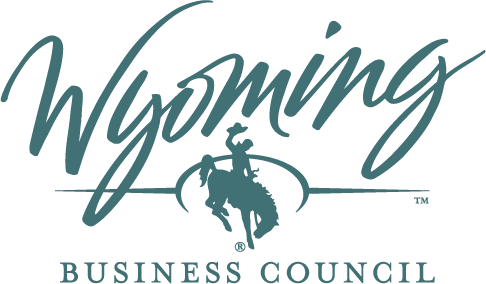Glossary of Terms
Pathways to Prosperity Terminology
Agglomeration
A concentration of people or critical mass. Urban agglomeration occurs in locations where cost savings can naturally arise. The costs and benefits of agglomerating increase the larger the agglomerated urban cluster becomes (i.e. when Casper grows, it helps surrounding area with new markets/opportunities). We can leverage things that have already been built/exist to take the risk out of an investment.
Barriers to Growth/Binding Constraints
Obstacles or root causes of problems/challenges that limit the economic progress of communities, regions, states, nations, etc.
Complex vs. Complicated Problems
A complex challenge requires an individualized, circumstantial, and dynamic approach. Failure in experimenting with solutions is common and accepted. Complicated challenges require the orchestration of many organizations, agencies, or businesses but is more readily achievable with a relatively known outcome.
Diaspora
Outflow of well-educated people over preceding years and decades. For example, Wyomingites who leave the state for perceived opportunities.
Diversification
The process of spreading investments across different asset classes, industries, and geographic regions to increase the overall resilience of an economy.
Economic Complexity
Diversification in a nutshell; creating more opportunities rather than putting all your “eggs in one basket”.
Economic Development
Preparing communities for growth and the policies, mechanisms, and programs that help build local resiliency and capacity.
Economic Growth Flywheel
A toolkit or replicable process to address complex problems that involves breaking down problem solving into small, actionable steps. It’s one of the ways we can address complex problems through continuous testing and adjusting.
Steps in the Flywheel:
- Determine constraints that are limiting growth or your ability to achieve your goals.
- Create or attract a compelling project.
- Gather resources and partners.
- Do the RIGHT project.
- Generate local capacity.
- Evaluate and start over again as necessary with the same identified problem or a new one.
Improvement vs. Change
An improvement is about honoring what you have and building upon it. Change is an act or process through which something becomes different.
Innovation
Create new markets and explore current and creative approaches to diversify the economy.
Leverage
To identify and use a community or organization’s strengths for its highest and best purpose.
Local Actions/Locally Driven
Activity driven by local stakeholders (individuals, organizations, business, etc.) that takes into consideration and/or leverages their unique identity or characteristics.
Knowhow
A collection of intrinsic knowledge, skills, expertise, and experience that demonstrates proficiency; Applicable knowledge.
Pathways
The means of achieving a specified result; a course of action; a collaborative process.
Place-based
Targets the specific circumstances of a place and engages the community and a broad range of local organizations as active participants in their development and implementation.
Policy
Programs and systems; does not necessarily refer to legislation specifically.
Problem-Driven
Understanding and interpreting problems or challenges and staying focused on improving the root cause of the problem, not merely treating symptoms.
Prosperity
The result of achieving sustainable, long-term economic confidence and a sense of security and individual identity for all communities.
Resilience
The capacity to withstand or recover quickly from difficulties often associated with the contraction and expansion of the economy (i.e. boom-bust cycle).
Workstream
A working group with shared goals and authority to problem solve and think critically.
Urbanization
In a state the size of Wyoming, our urbanization isn’t about growth in numbers or area size, rather it is focused on infill and leveraging existing community assets to gain economic stability.
Value-Added/Value Chain
Building upon existing assets and knowhow of established industries to develop additional or adjacent industries.
